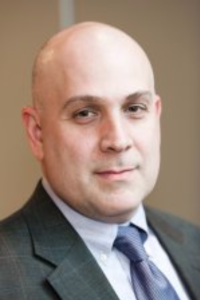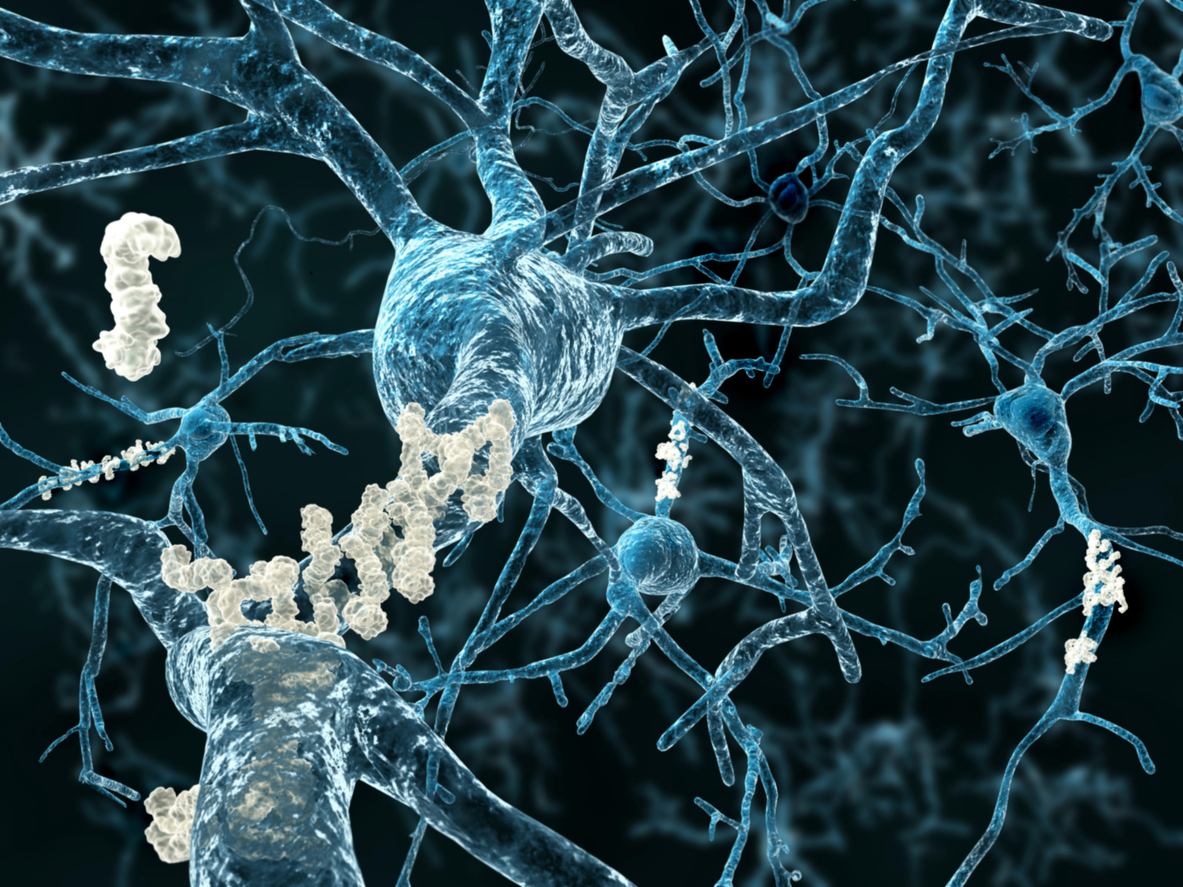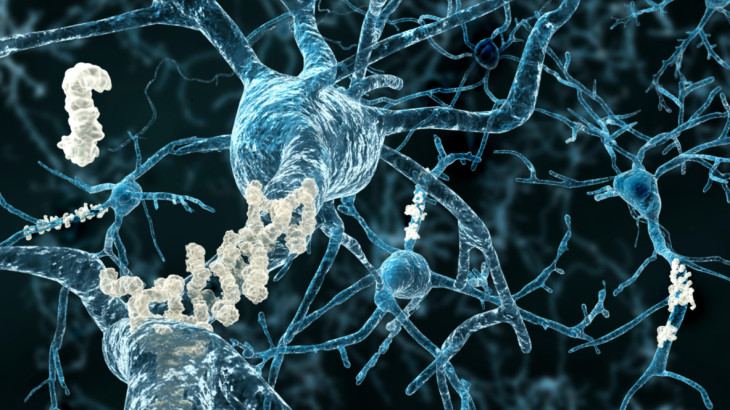Program Overview
In this module of a Four-Part Expert Interview Series, Dr. James E. Galvin, along with Dr. Richard S. Isaacson, course chair, will relay optimal strategies for early diagnosis of Alzheimer’s disease (AD). Signs and symptoms for the mild, moderate and severe forms of AD will be analyzed, as well as modifiable and non-modifiable risk factors. The faculty will also review biomarkers of disease, along with their clinical relevance. Upon completing this educational activity, participants will feel more confident in their understanding of early diagnosis and disease monitoring in the AD patient population.
Target Audience
Neurologists, internists, nurse practitioners, nurses and other healthcare professionals involved in the management of patients with Alzheimer’s disease.
Learning Objectives
I. Review the pathology of Alzheimer’s disease, including disease monitoring and specific biomarkers for early diagnosis
II. Identify the assessment and testing strategies for early diagnosis, monitoring, and personalized treatment of AD
Chair
 Richard S. Isaacson, MD
Richard S. Isaacson, MD
Associate Professor of Neurology
Director, Alzheimer’s Prevention Clinic
Weill Cornell Medicine
New York Presbyterian Hospital
New York, New York
Faculty
 James E. Galvin, MD, MPH
James E. Galvin, MD, MPH
Professor and Associate Dean for Clinical Research
Director, Comprehensive Center for Brain Health
Charles E. Schmidt College of Medicine
Florida Atlantic University
Boca Raton, Florida
Disclosures of Conflict of Interest
It is the policy of AcademicCME that all faculty, instructors, and planners disclose real or apparent conflicts of interest relating to the topics of this educational activity.
The faculty reported the following financial relationships or relationships to products or devices they or their spouse/life partner have with commercial interests related to the content of this CME activity.
| Faculty | Relationship Identified With: |
| Richard S. Isaacson, MD | Consultant/Advisor: Eli Lilly and Company; Neurotrack; 23 and Me |
| James E. Galvin, MD, MPH | Nothing to disclose. |
Planners, Managers, Reviewers
Timothy Hayes, MD, PhD; Emma Boring; Nicole Brestowski, Chelsey Benedek and Kim Cheramie, MSN, RN-BC hereby state that neither they nor their spouse/life partner have any financial relationships to products or devices with any commercials interest related to the content of this activity of any amount during the past 12 months.
Accreditation Statement
AcademicCME is accredited by the Accreditation Council for Continuing Medical Education (ACCME) to provide continuing medical education for physicians.
AcademicCME is accredited as a provider of continuing nursing education by the American Nurses Credentialing Center’s Commission on Accreditation
Credit Designation Statement
AcademicCME designates this enduring material for a maximum of .50 AMA PRA Category 1 Credits™. Physicians should claim only the credit commensurate with the extent of their participation in the activity.
AcademicCME designates this enduring material for a maximum of .50 CNE contact hours.
Financial Support
This activity has been supported by an independent educational grant from Biogen.
Disclosure of Unlabeled Use
This educational activity may contain discussion of published and/or investigational uses of agents that are not indicated by the FDA. AcademicCME and Biogen do not recommend the use of any agent outside of the labeled indications.
Disclaimer
Participants have an implied responsibility to use the newly acquired information to enhance patient outcomes and their own professional development. The information presented in this activity is not meant to serve as a guideline for patient management. Any procedures, medications, or other courses of diagnosis or treatment discussed or suggested in this activity should not be used by clinicians without evaluation of their patient’s conditions and possible contraindications on dangers in use, review of any applicable manufacturer’s product information, and comparison with recommendations of other authorities.
Method of Participation
In order to claim credit, participants must complete the following:
- Read the learning objectives, accreditation information and faculty disclosures at the beginning of this activity.
- Complete the Pre-Activity Questions.
- Read or Review the activity content.
- Complete the Post-Activity Test Questions and Evaluation.
- Healthcare providers who receive a grade of 66% or better on the Post-Activity Test Questions and who complete the Evaluation will receive a CME/CNE Certificate.
- All other participants who receive a grade of 66% or better on the Post-Activity Test Questions and who complete the Evaluation will receive a Certificate of Participation.
- Healthcare providers should claim only the credit commensurate with the extent of their participation in the activity.
- 60 minutes of participation = 1 CNE contact hour
CE Inquiries/Special Needs
For all CME/CNE inquiries or special needs, please contact [email protected].



